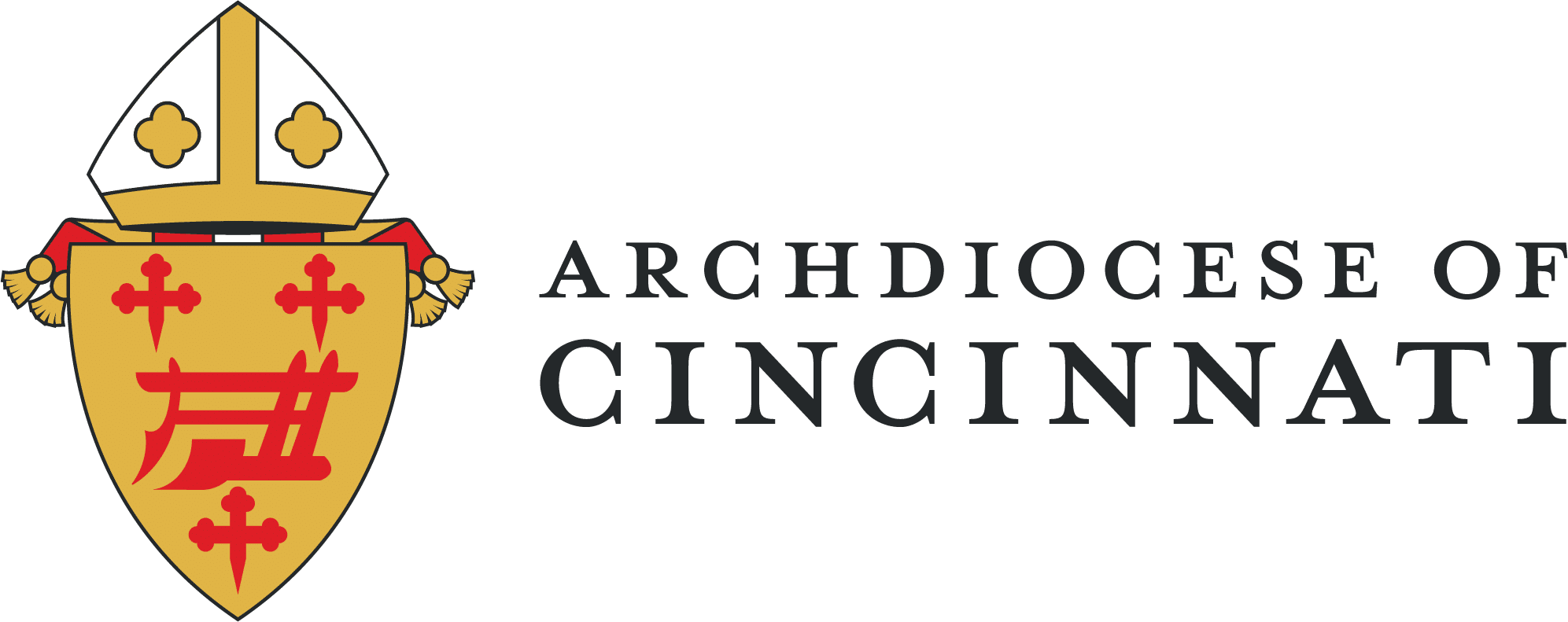Download PDF Version – English | Download PDF Version – Spanish
In his encyclical Evangelium Vitae on the value and inviolability of human life, Pope St. John Paul II speaks about God’s call for each person to share in the fullness of life for all eternity with Him. Even during our life in this temporal, physical world, we participate in the life of grace and have a foretaste of the blessedness of heaven. It is this call from God to share in His life that reveals the greatness and inestimable value of each human life (cf. EV 2).
As Catholics we believe in the dignity and value of every human life from conception to natural death. Because of this conviction, we have fought against the grave evils which threaten life, particularly abortion, which has claimed the lives of tens of millions of innocent children. The 2022 Supreme Court decision in Dobbs v. Jackson Women’s Health Organization returned the issue of the legality of abortion back to the state level – a critical victory, but certainly not the end of our efforts to defend life.
Now, a little over a year later, human life and dignity are under serious attack in the State of Ohio. The constitutional amendment proposed as Issue 1 on the November ballot is, by any measure, extreme. Not only would it expand access to abortion through all nine months of pregnancy, but it would enable the removal of regulations protecting the health and safety of women which abortion centers are currently required to observe. This amendment also would eliminate parents’ rights of notification and consent in the reproductive healthcare decisions of their minor children, something that would do irreparable damage to the family, the cornerstone of society. This proposed change to Ohio’s constitution is so extreme that even those who do not fully share in the Church’s teaching on the sanctity of life at every stage should see how it far exceeds the moral bounds of any just society.
Pope St. John Paul II taught about this reality, stating, “The Church knows that this Gospel of life, which she has received from her Lord, has a profound and persuasive echo in the heart of every person – believer and non-believer alike – because it marvelously fulfills all the heart’s expectations while infinitely surpassing them. Even in the midst of difficulties and uncertainties, every person sincerely open to truth and goodness can, by the light of reason and the hidden action of grace, come to recognize in the natural law written in the heart the sacred value of human life from its very beginning until its end, and can affirm the right of every human being to have this primary good respected to the highest degree” (EV 2).
Every person – regardless of race, nationality, sex, creed, status or any other trait – is worthy of equal respect and dignity because we all share in the same human nature which is the pinnacle of God’s creation, made sacred by the Incarnation of His only begotten Son. We must together build up a culture in which every person not only enjoys the right to life but experiences the life in abundance which Jesus Christ came to give us (cf. Jn. 10:10).
With the imminent threat posed by Issue 1 to the values which we as Catholics and Ohioans hold dear, I urge you to pray earnestly for an increase in respect for human life and dignity; to educate yourself and others about the dangers of this amendment; and to Vote NO on Issue 1 on November 7. May the Blessed Virgin Mary, mother of our Lord and Savior, and St. Joseph, protector of the Holy Family, intercede for Ohio and its families in the days ahead.

